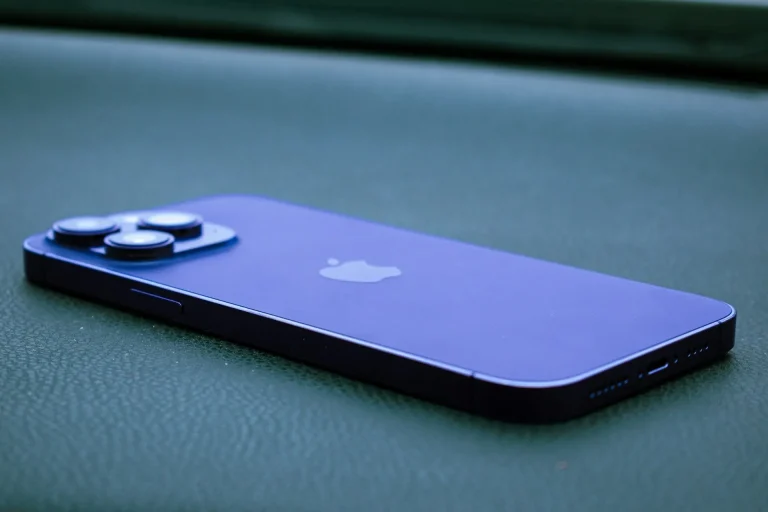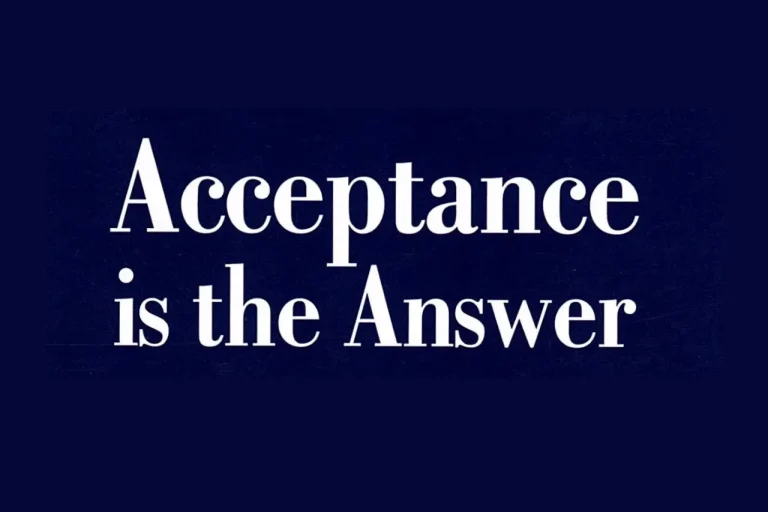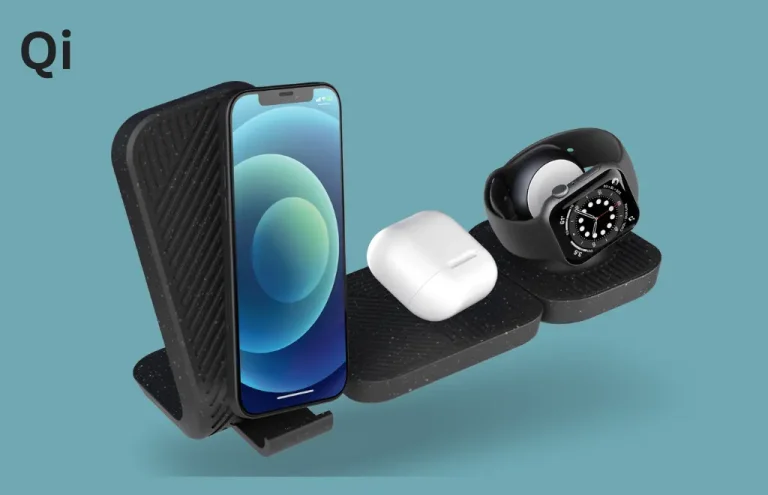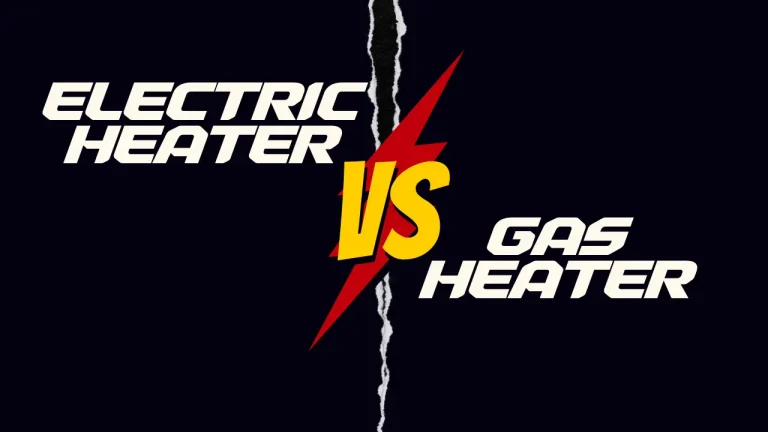Contemporary Technologies – Definition, Examples, and Scope
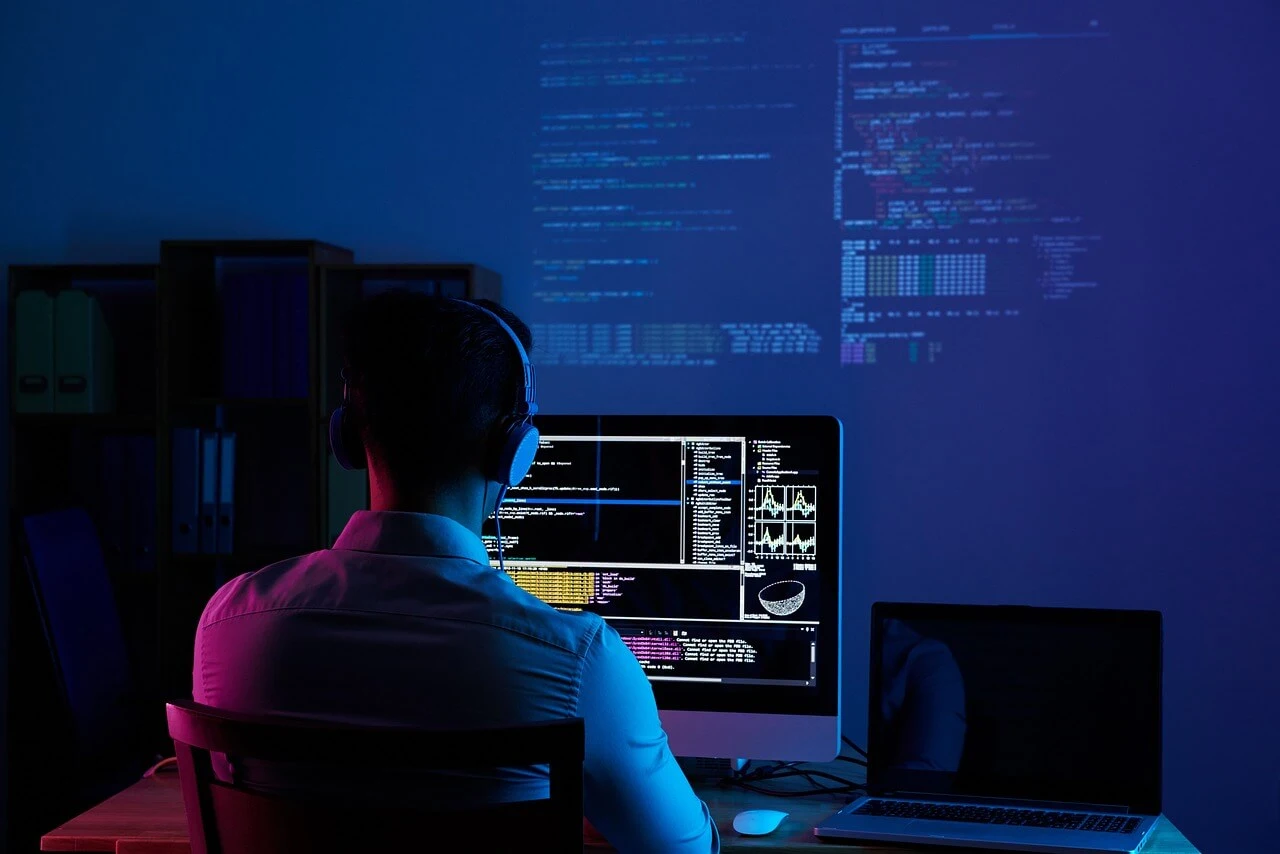
Fundamentally, Contemporary Technology indicates the latest technologies and innovations that have become a part of our daily lives. It means these technologies have played a crucial role in human lives, so such services, including E-commerce, E-mail, video conferencing, chat, etc., are examples of this technology.
Here are some other Contemporary Technologies:
- Mobile Computing
- Cloud computing
- Artificial Intelligence
- E-Governance
- Virtual Reality
As we all know, technology is revolutionizing human lives by making new tools, software, and many other things like that. So, they facilitate people in making their lives easy and increase the efficiency of working. You can take an example of constant massaging, hence with this technology you can communicate with any person around the globe.
In short, we must all thank this technology, because everything has become possible with this that’s why we’re here to share the concept of Contemporary Technology and other aspects regarding this. You must stay with us until the end of this comprehensive guide to learn about this technology’s pros, cons, and scope.
Definition of Contemporary Technologies
Contemporary technologies are essentially the up-to-date tools, gadgets, systems, and approaches that people are using across different fields and industries right now. They’re the kind of tech that’s totally in sync with our present times, marked by how relevant they are to what’s happening today.
You’ll find these technologies closely linked with the latest breakthroughs in science and engineering. They’re the things we’re using in our day-to-day
Contemporary Technologies Examples
Following are the examples of this technology:
Artificial Intelligence (AI)
AI stands at the forefront of computer science, dedicated to crafting intelligent machines capable of tasks traditionally within the realm of human intelligence. Its applications extend across diverse sectors like healthcare, finance, marketing, and transportation.
Blockchain
Powering a decentralized and distributed ledger, blockchain ensures secure and transparent transaction recording. Its influence spans sectors like finance, supply chain management, and identity verification.
Augmented Reality (AR) and Virtual Reality (VR)
AR and VR technologies converge to simulate computer-generated environments, offering immersive experiences mirroring the real world. Their applications are evident in diverse fields, including entertainment, education, and healthcare.
Internet of Things (IoT)
In the expansive landscape of the Internet of Things (IoT), physical devices, vehicles, and various objects intertwine through a network embedded with sensors, software, and connectivity. Its impact resonates in realms such as smart homes, smart cities, and industrial automation.
5G Networks
As the cutting-edge in wireless technology, 5G networks bring forth swifter internet speeds, minimal latency, and expansive bandwidth. Their integration finds relevance in smart homes, autonomous vehicles, and telemedicine.
Cloud Computing
Revolutionizing technology access, cloud computing facilitates on-demand entry to a shared pool of computing resources over the internet. Its utilization spans e-commerce, healthcare, and education.
Other than these mentioned examples of Contemporary Technologies, if you aspire to learn about other examples, you can learn.
Difference Between Contemporary Technology and Modern Technology
Contemporary Technology
Contemporary refers to the present time or the recent past. Therefore, contemporary technology focuses on the most recent advancements and innovations.
Contemporary technology includes the latest developments in various fields like information technology, biotechnology, nanotechnology, artificial intelligence, and more. It often reflects the cutting-edge and current state of technology.
Modern Technology
Modern typically refers to a period from the late 19th century to the present day. So, modern technology encompasses the developments and innovations that have taken place from the late 1800s onwards.
Modern technology often includes a wide range of advancements, from the Industrial Revolution to the present day, such as the development of electricity, telecommunications, automobiles, airplanes, and early computing technologies.
Contemporary Technology Issues
Cybersecurity Threats
- Cyberattacks are becoming increasingly sophisticated and frequent, targeting businesses, governments, and individuals. Data breaches, malware, and ransomware are major threats, causing financial losses, privacy violations, and disruptions to critical infrastructure.
- Artificial intelligence itself can be misused for malicious purposes, creating deepfakes, automating disinformation campaigns, and even weaponizing autonomous systems.
Data Privacy and Security
- As we generate and collect more data than ever before, concerns about data privacy are growing. Issues like unauthorized access, data breaches, and the use of personal data for targeted advertising or profiling raise ethical questions and require robust legal frameworks.
- Surveillance technologies like facial recognition and mass data collection raise concerns about government overreach and potential civil liberties violations.
The Widening Skills Gap
- While technology creates new jobs, it also disrupts existing ones. The rapid pace of technological advancements leaves many workers unprepared, leading to a skills gap and high unemployment rates in certain sectors.
- Access to digital skills and education is unequal, further exacerbating this gap and leaving some individuals behind in the digital age.
Scope of Contemporary Technology
The scope of contemporary technology is as vast as the human imagination itself! It encompasses not just specific inventions and gadgets, but a sprawling network of interconnected systems, processes, and ideas that permeate and shape every aspect of modern life.
FAQs
To Sum Up
Contemporary Technologies indicate the latest technologies and innovations that have become a part of our daily lives. Services such as E-commerce, E-mail, video conferencing, chat, etc., are examples of this technology. In short, you must read our complete guide to become aware of this technology, and if you’ve any queries, you can ask using the given comment box.

